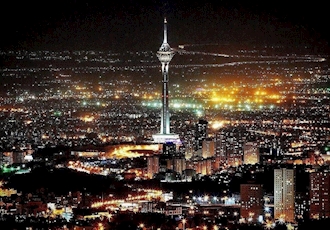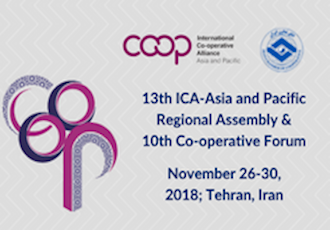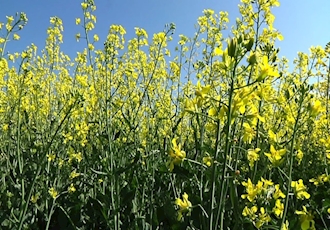Biggest commodity winner of 2018 rallies on drought in Argentina
To understand why soybean meal is the best-performing commodity so far this year, talk to Ariel Striglio, a 52-year-old farmer in Argentina’s Santa Fe province.
Since January, his fields of soy and corn have received about 3.5 centimeters of rain (1.4 inches). That’s not even a fifth of what’s normal. Temperatures are also higher.
“The heat is unbelievable—we’re using air conditioning all the time right now, which isn’t the norm,” Striglio said. “I’m looking at soy yield losses of 30 percent.”
Soybeans are one of the world’s most common feed crops. The oilseeds are crushed to make high-protein meal that’s sold to livestock producers. The dry conditions gripping the heart of Argentina’s farming region are a key price driver because the country is the No. 1 exporter of meal. For meat producers like Tyson Foods Inc. and Sanderson Farms Inc., tighter supplies could end up raising feed costs at a time when Americans are projected to eat more meat than ever before.
The drought has already pushed most active futures of soy meal up 19 percent in 2018. That’s the largest gain among the 22 raw materials tracked by the Bloomberg Commodity Index.
Shrinking crop prospects
The United States Department of Agriculture (USDA) on February 8 cut its outlook for Argentina’s soybean crop to 54 million metric tons from 56 million projected in January. Local estimates are even lower. The Buenos Aires Grain Exchange predicts 50 million, while AgriPac consultancy forecasts 47.2 million. If the last number becomes reality, it would be the smallest harvest since 2012, USDA figures show. The exchange said on February 15 that most beans are in poor or very poor condition.
On the Chicago Board of Trade, soy meal for May delivery reached $381.20 per 2,000 pounds last Friday, a record for the futures contract that debuted in December 2015.
Source: Bloomberg News







